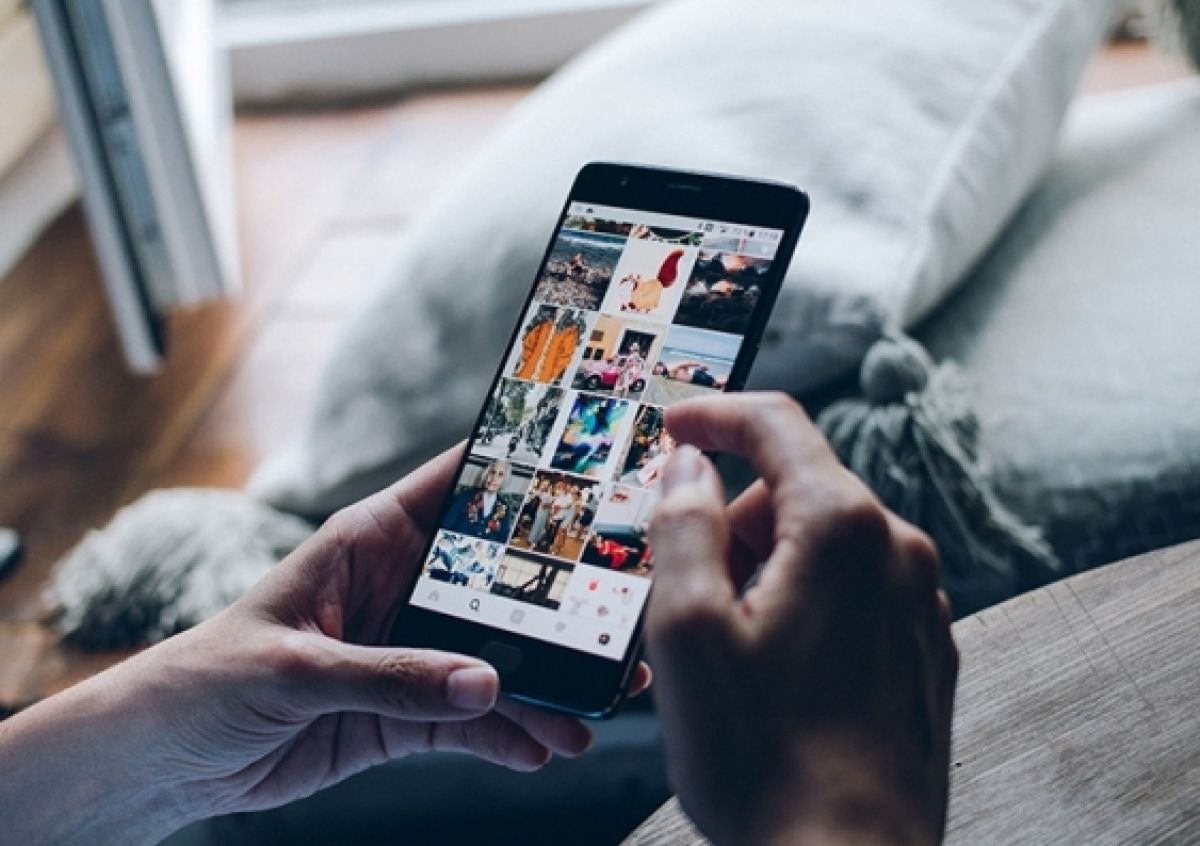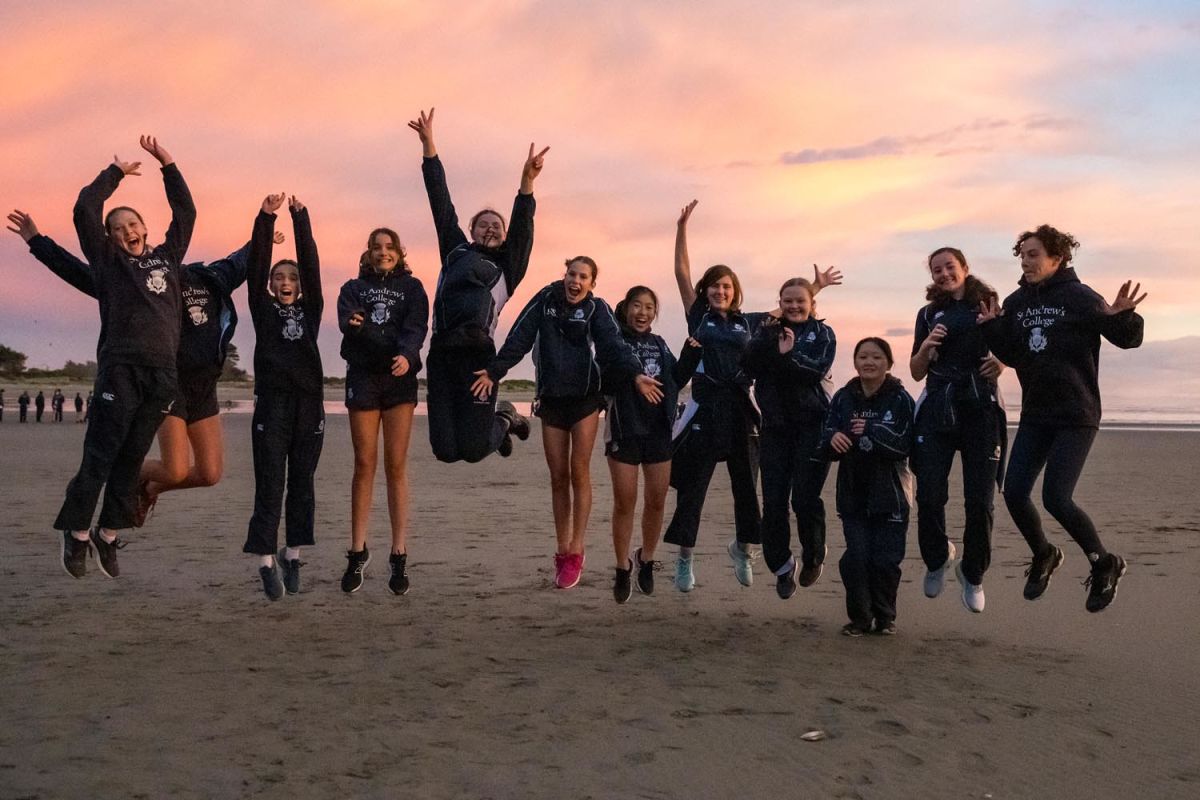Supporting Adolescents to Embrace a Positive Body Image
9 June 2023
Written by Head of Well-being, Kerry Larby
During this term, Te Waka classes explore an important unit on body image. We have spent time developing a series of lessons that inspire students to reflect and think critically about the factors that influence the way they perceive, think, and feel about their bodies. After this, we encourage students to consider the actions individuals can take to build a positive body image.
When teaching this unit, I often reflect on the thoughts I held about my own body during my teenage years. It wasn’t an easy time. Despite excelling at sport, I spent a lot of time comparing my physique to my peers. I can only imagine how those emotions would be exacerbated with the constant bombardment of images on my social media scroll. Many of my students have opened up about how they find it difficult to stay confident and feel good about their bodies with an abundance of media images promoting and endorsing an idealised body appearance. This is concurrent with the research: in one (2018) study involving 1000 New Zealand youth, nearly half (46 per cent) of 12– to 24-year-olds named "body image" as one of their biggest concerns.
We know that adolescence is a critical period when body image concerns often emerge. There are several key factors that contribute to this:
During adolescence, the body undergoes significant changes due to puberty. These physical changes such as growth spurts, weight gain, and development of secondary sexual characteristics can impact body image perception and acceptance. Socially, adolescents enter a phase of maturation that encourages them to make social comparisons to help them construct their personal and social identities. Teenagers self-evaluate themselves by making comparisons about their standing in relation to others. Research tells us that whereas girls make comparisons focusing on the ‘thin’ ideal, for boys, muscularity becomes an evaluation comparison. Comparison is made with peers, through media images and is heightened in activities where there is pressure to maintain a certain physique such as dance or sport.
Research shows us that social media is impacting negatively on adolescent’s body image. Some young people are spending, on average, between six to eight hours per day on screens, much of it on social media. Instagram has been described as the ‘perfect storm’ for the body image of teenage girls exposing users to hundreds or even thousands of images and photos every day, including filtered and photoshopped images of celebrities and fashion and fitness models. Leaks from Facebook in 2021 indicate the company is aware it has made the body image worse for one in three girls. Interestingly, research conducted in the US this year provided scientific evidence that young adults who reduced their social media use by 50% for just two weeks saw a significant improvement in how they felt about their bodies (Thai et al, 2023).

What can teachers and parents do to support our young people to develop a positive body image?
We can help our young people understand why a positive body image is important for their holistic well-being. In class, students brainstorm how both positive and negative thoughts and feelings about their bodies can impact their hauora (physical, social, mental, and spiritual well-being). Author, Robyn Fausett reminds us that it is useful for teens to think of body image as part of their relationship with self. As with any relationship, it needs to be looked after and cherished.
Allowing adolescents an opportunity to share their thoughts and concerns about their body openly without judgement makes a difference. This requires active listening and validation of feelings. A key focus in Te Waka is creating a safe space where our students feel comfortable to be vulnerable about body related issues and pressures. Knowing that they are not alone in their thoughts and feelings is powerful.
Actions matter more than words. Research tells us that young people are influenced by the attitudes of their families and friends. Negative body talk, criticism, or an overfocus on appearance can negatively impact teenagers body image. Conversely, positive and supportive family and peer environments emphasising self-care and self-acceptance promote a healthier body image.
It is crucial to encourage our young people to think critically about the media they are consuming so they understand how edited images create unrealistic stereotypes. In lessons, students watch clips about filtering and photoshopping so they are exposed to the extent editing occurs in the media. You can watch an example of this here. It is also important that students consider who benefits and who is disadvantaged from editing and the perpetuation of male and female stereotypes.
Remind students that there is no such thing as ‘perfect’ by describing how body ideals have constantly changed through time and are influenced by different cultural ideals.
Encourage students to think critically about how their social media feed impacts their well-being and body image. Campaigns such as Live Life Unfiltered inspire young people to use social media in a healthy and balanced way by following accounts that make them “laugh, smile, think and align with their values, hobbies and interests”. This TED talk is inspiring in how it provides advice for how young women manage Instagram in a conscious way.
It is constructive for young people to have positive role-models who embrace diverse body-types and challenge societal beauty standards. This can include celebrities, influencers, family and community members. Only last week, actress Kate Winslet role modelled this by delivering a passionate speech about social media and body image.
It is important to broaden narrow perspectives emphasising physical appearance by shifting the focus towards character and overall health and well-being. Encouraging balanced nutrition, regular physical activity, and adequate sleep and reminding students to appreciate their bodies for their strength, endurance, and resilience are important conversations, as is reminding students that everyone's body is unique. Other conversations focus on how important character strengths, such as kindness, wisdom and social intelligence, are in making a person 'attractive' to others.

We all strive to raise children who are happy, confident and comfortable in their own skin. Fostering a positive body image for adolescents requires a multi-faceted approach that involves open communication, education, and creating a supportive environment. By understanding the factors that influence body image and implementing strategies like encouraging critical media literacy, promoting self-acceptance, and focusing on holistic well-being, we can help young people develop a healthier relationship with their bodies. Students should be encouraged to broaden their identity, so they remember that everyone’s body is unique, and that character and overall well-being matter most.
Related Posts


